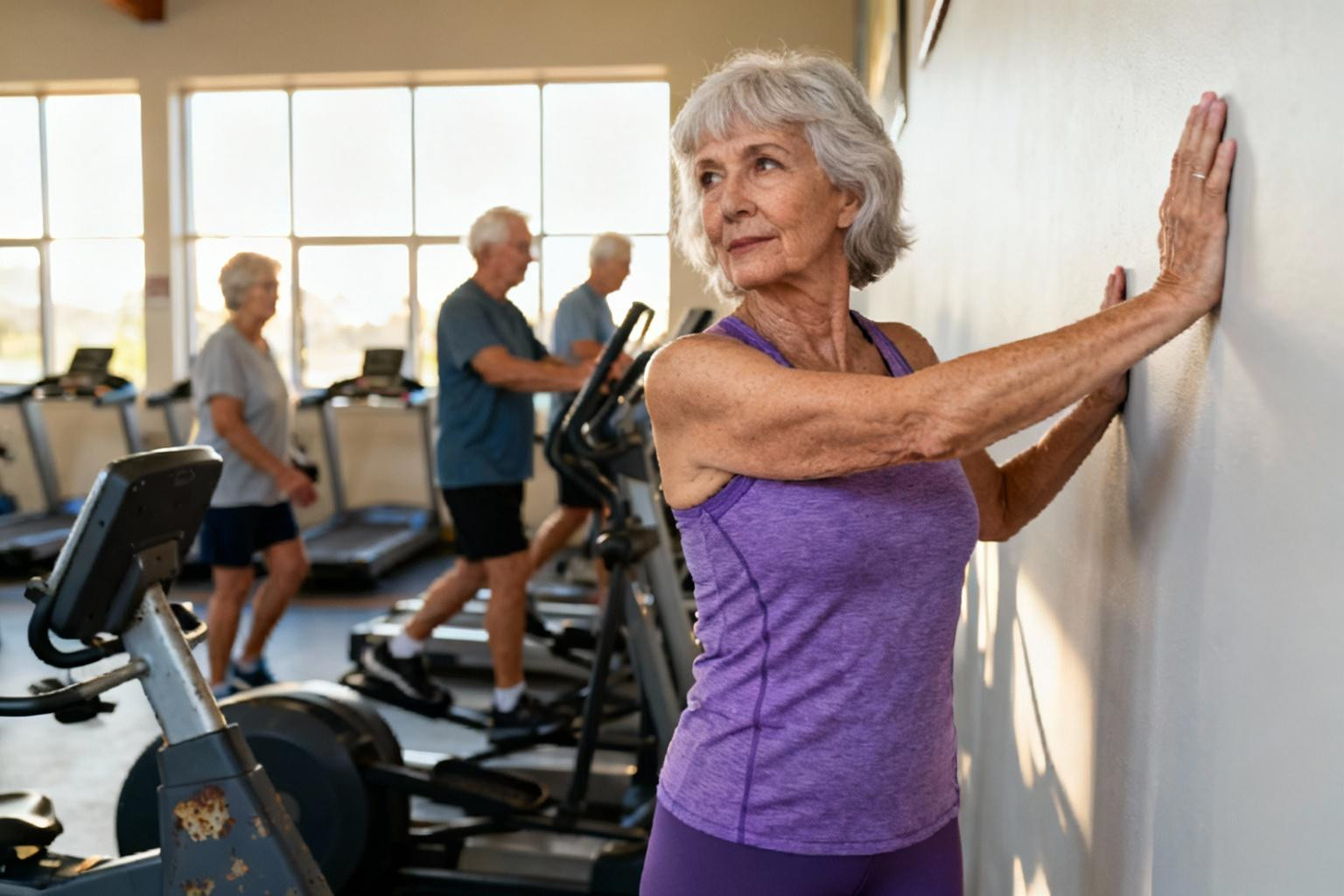Staying fit after 60 requires a smarter approach to cardio. The exercises that worked in your 30s might now be causing more harm than good. As we age, our bodies demand different care strategies – but many seniors continue making critical mistakes that sabotage their fitness goals and potentially harm their health.
Why proper cardio matters more after 60
Cardiovascular exercise remains essential for longevity, but the rules change with age. “After 60, the body’s recovery mechanisms slow significantly, making proper exercise technique non-negotiable,” explains Dr. Marion Winters, geriatric sports medicine specialist. “The cardio mistakes I see most often can lead to injuries that set patients back months or even years.”
Let’s identify these mistakes and learn how to avoid them, ensuring your cardio routine builds rather than breaks your body.
Skipping warm-ups and cool-downs
Perhaps the most dangerous mistake is diving straight into exercise without preparation. Your aging joints and muscles require proper warm-up to function safely.
“I see countless preventable injuries from seniors who skip their warm-up,” notes physical therapist James Cortez. “Just 5-7 minutes of light activity before cardio can reduce injury risk by up to 40%.”
Similarly, cooling down allows your heart rate to return to normal gradually. Skipping this step can cause dizziness or even cardiac stress.
Pushing too hard, too fast
Many seniors apply the same intensity they managed decades ago, overestimating their current capabilities. This approach is like trying to run a marathon without training – your body simply isn’t prepared.
Instead, embrace the “talk test” during cardio: you should be able to carry on a conversation while exercising. If you can’t speak comfortably, you’re likely pushing too hard.
Neglecting strength alongside cardio
Cardio alone creates an incomplete fitness picture. Without complementary strength training, you’re missing crucial benefits for bone density and muscle mass.
Try incorporating these simple strength elements twice weekly:
- Chair-assisted squats
- Wall push-ups
- Standing calf raises
- Seated rows with resistance bands
These exercises help maintain the strength needed to perform daily activities with ease and can even help alleviate chronic pain.
Focusing on high-impact activities
High-impact exercises like running on pavement can be jarring for aging joints. Many seniors continue these activities despite the pain, viewing discomfort as necessary.
Consider gentle water workouts or stationary cycling that provide cardiovascular benefits without the joint stress. Your exercise should feel challenging but never painful.
Ignoring balance and flexibility work
Cardio machines might improve your heart health, but they do little for the balance skills that prevent falls – a major concern after 60.
Smart seniors incorporate these elements into their routine:
- Single-leg stands (holding a chair for support)
- Heel-to-toe walking
- Gentle yoga poses for flexibility
- Tai chi movements
Just a few minutes of balance work several times weekly can significantly reduce fall risk while improving overall mobility.
Following outdated exercise advice
The vague recommendation to “just move more” lacks the specificity older adults need. Modern fitness science offers better approaches, like modified HIIT workouts designed for seniors.
Newer methods like Zone 2 training – exercising at moderate intensity where you can still converse – provides maximum cardiovascular benefit with minimal strain. Think of it as tuning your engine rather than revving it at full throttle.
Neglecting recovery and mindfulness
Exercise stress requires recovery time, especially after 60. Many seniors mistake fatigue for laziness and push through when their body needs rest.
Surprisingly, adding meditation to your fitness routine can improve endurance and recovery. Your cardiovascular system benefits from mental rest as much as physical rest.
The smarter path forward
The right cardio approach after 60 resembles careful gardening rather than aggressive landscaping – gentle, consistent care yields the best results. Start with shorter sessions focusing on proper form, and gradually build duration before intensity.
Gentle, targeted exercises can help reduce abdominal fat while preserving joint health. Remember, fitness after 60 isn’t about recapturing your youth – it’s about optimizing your present and future health.
Are you ready to transform your cardio routine into one that truly serves your body at this stage of life? Start today by correcting these mistakes, and you’ll likely discover a new level of energy and mobility you thought was lost to time.
